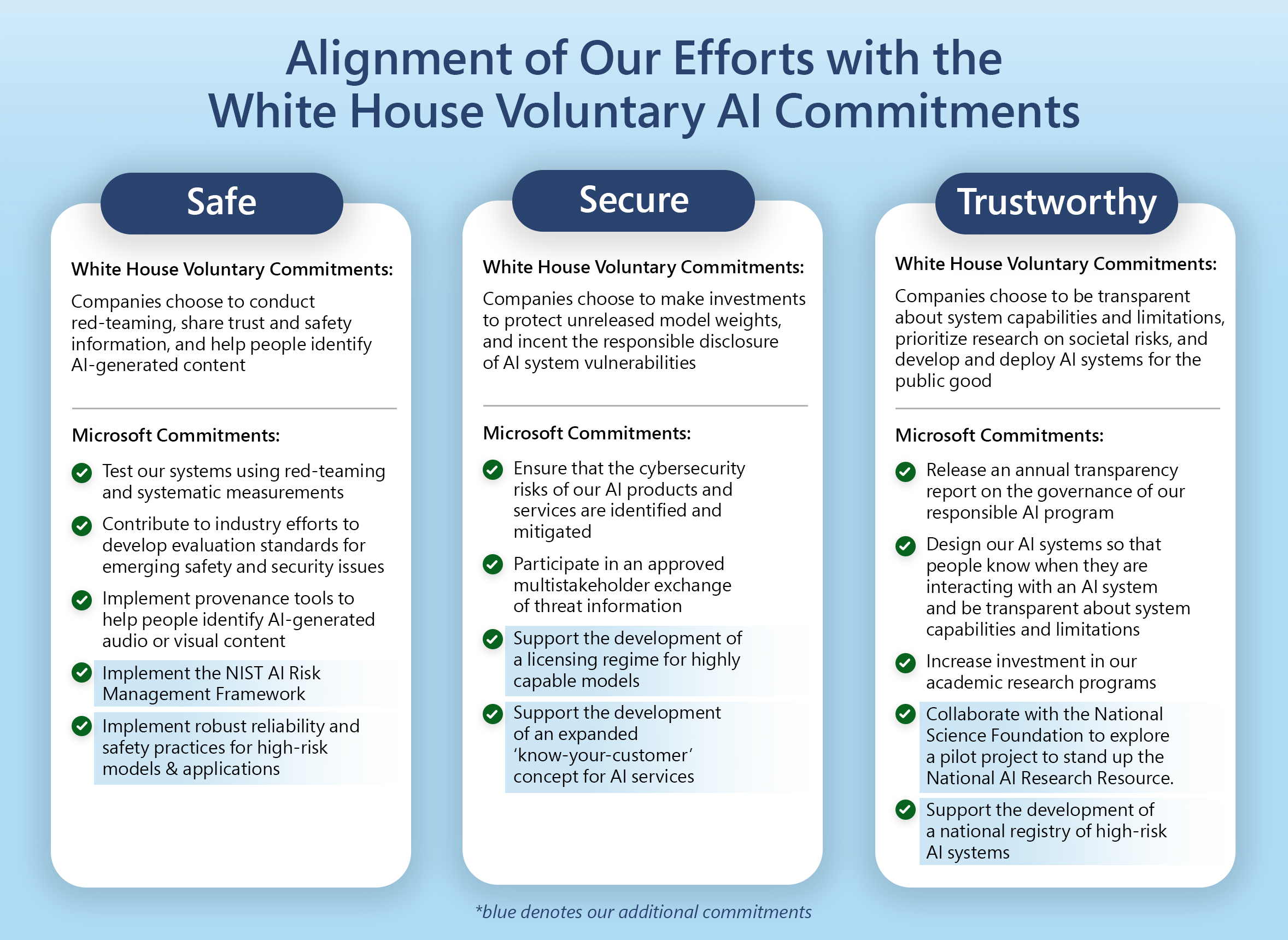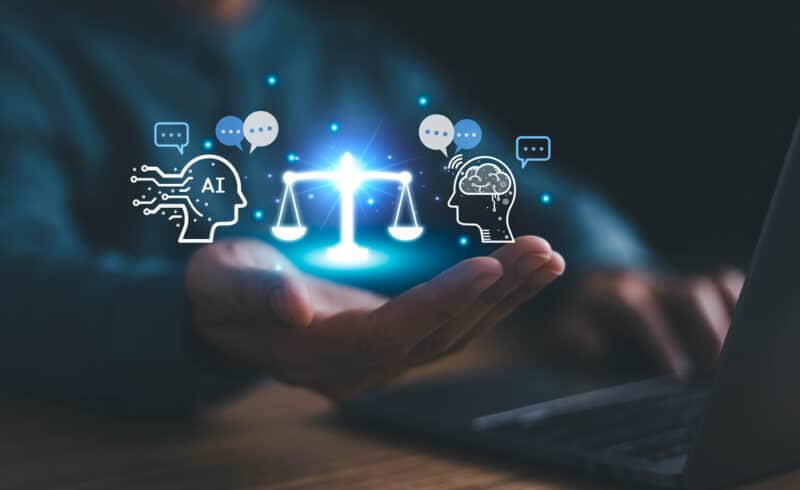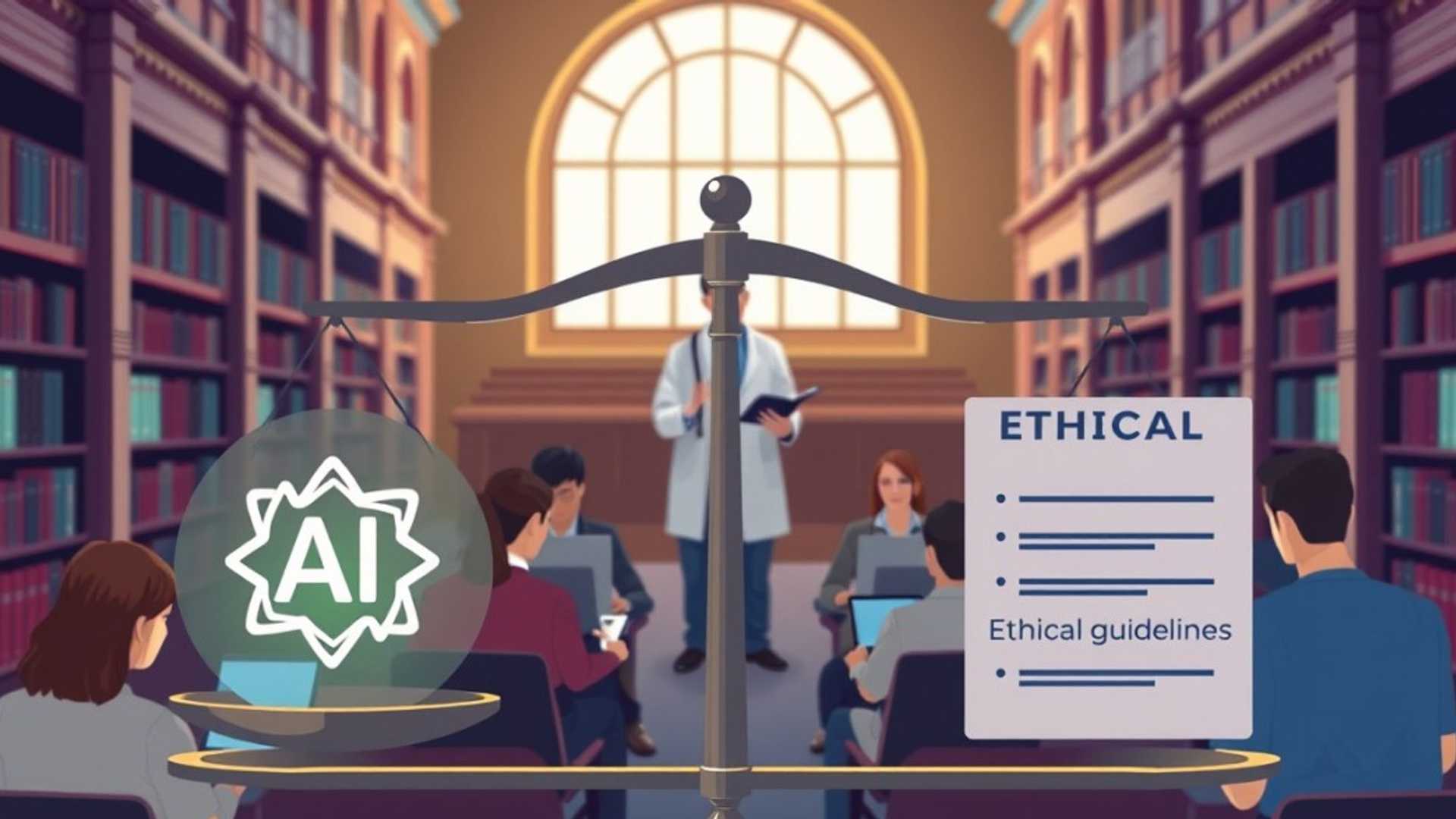Why OpenAI Won't Watermark ChatGPT Text
OpenAI has developed a sophisticated system to watermark text generated by ChatGPT, aiming to detect AI-generated content with high accuracy. Yet, the company is hesitant to deploy this feature. The core of the debate lies in balancing ethical responsibility with user experience and commercial interests. Here's a closer look at why OpenAI is holding back on watermarking, the ethical considerations involved, and the broader implications for AI in education and beyond.
The Dilemma
Watermarking AI-generated content sounds like a no-brainer. It could help educators spot AI-written essays, journalists identify non-human-created news, and the general public trust the authenticity of information. OpenAI’s system for watermarking, as reported, is 99.9% effective and resistant to tampering. However, the company faces a significant dilemma:

The UNESCO guide on AI in higher education highlights several critical points regarding the ethical use of AI, which resonate with OpenAI's dilemma:
Addressing the Conundrum
For AI to truly benefit society, it must be deployed responsibly. Here are actionable steps to address the watermarking conundrum:
Consider a university professor who struggles to differentiate between student work and AI-generated content. The introduction of a watermarking system seems like the perfect solution, yet students express their concerns over privacy and the potential bias it introduces. The professor decides to hold an open forum, explaining the importance of academic integrity and transparency while listening to student feedback. Together, they develop a balanced approach, integrating watermarking with an opt-in feature and clear guidelines on AI usage in assignments. This collaborative effort not only maintains integrity but also empowers students with a sense of agency and trust in AI technologies.

Ethical Deployment of AI
OpenAI’s hesitation to watermark ChatGPT text underscores the complex interplay between technological innovation, user experience, and ethical responsibility. By focusing on transparent communication, user-centric design, and collaboration, it is possible to navigate these challenges effectively. As we advance, it is crucial to remember that the ethical deployment of AI is not just about the technology itself but about fostering trust and inclusivity in its usage. This approach aligns with the broader goal of ensuring AI benefits all of humanity, as advocated by UNESCO and other thought leaders in the field.
Engage in the conversation: How do you think AI tools like ChatGPT should balance ethical considerations with user experience? Share your thoughts and experiences in the comments below. Let’s build a future where AI is used responsibly and ethically for the benefit of all.




















